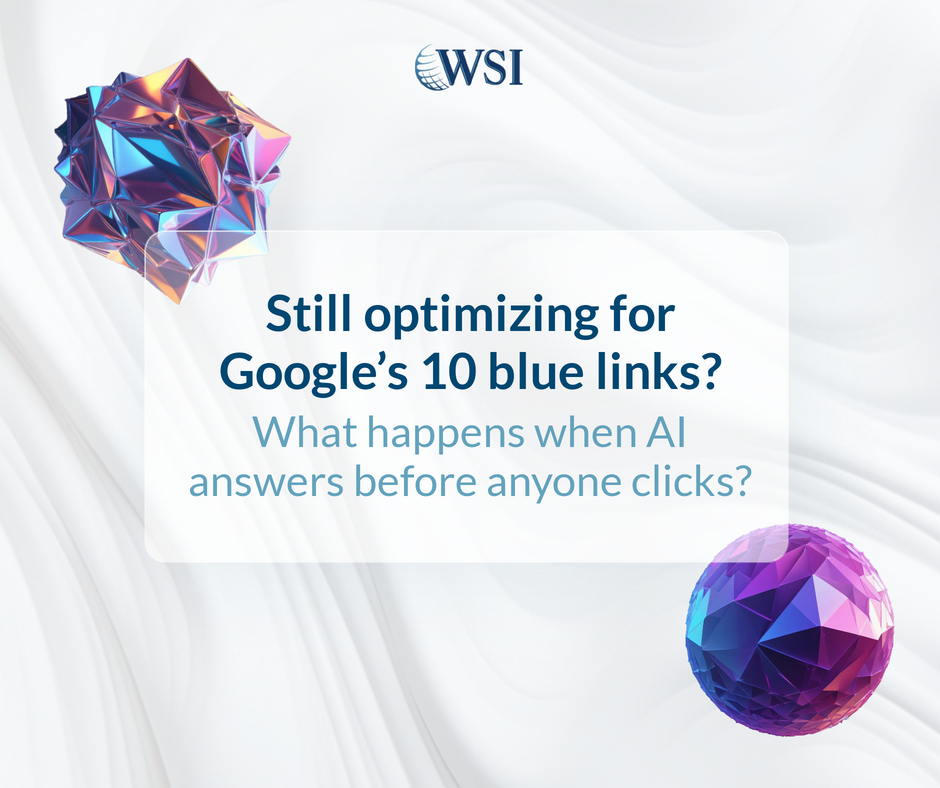The AI Evolution: How Advanced AI is Changing the Landscape of Spam Emails
If you have an email account, there’s no escaping the irksome influx of unsolicited spam emails promising unbelievable offers or urgent alerts requiring your immediate attention. Spam emails, those unwarranted digital nudges, have become a routine nuisance for many of us. While advanced filters and protective mechanisms have been developed to keep our inboxes clean, there’s a new player in the game that’s shaking things up: Artificial Intelligence.
Artificial Intelligence (AI) has proven its worth across numerous industries, making tasks more efficient, enhancing user experience, and even assisting in critical decision-making processes. Yet, like all technology, there’s a darker side. One of the more concerning manifestations of AI’s abilities is its prowess in overcoming CAPTCHA puzzles, including Google’s renowned reCAPTCHA system.
CAPTCHAs (Completely Automated Public Turing test to tell Computers and Humans Apart) were introduced as a countermeasure against automated bots that carry out malicious activities like spamming email inboxes, creating fake accounts, and scraping websites. Google’s reCAPTCHA, with its ‘I’m not a robot’ checkbox and picture puzzles, had been a mainstay in this defense for a long time. However, recent advancements in AI technology, particularly deep learning and neural networks, have made it possible for bots to decipher these puzzles with surprising accuracy.
But how does AI’s ability to crack CAPTCHAs relate to the rise in spam emails?
The logic is fairly simple. CAPTCHAs serve as barriers, preventing automated scripts from mass-registering email accounts. With the power to solve these puzzles, bots can effortlessly create numerous email accounts, which are then used to send out masses of spam. Furthermore, as these accounts are freshly minted, they don’t yet have a reputation with spam filters, which makes their malignant emails more likely to pass through unnoticed.
Additionally, the sophistication of these AI systems means that they can tailor and modify the content of spam emails to make them more convincing and harder to detect by traditional filters. For instance, a well-trained AI can craft emails that closely resemble legitimate communication, from seemingly genuine concerns about your account security to eerily accurate product recommendations. This is a long way from the glaringly obvious spam emails of yesteryears.
Businesses and individuals must be on high alert. While tech giants are continuously innovating to stay one step ahead, it’s becoming an increasingly challenging cat-and-mouse game. The solutions? First, the development of more advanced CAPTCHAs or even entirely new authentication methods that are resilient against AI interference. Some companies are exploring biometric verification, behavior-based authentication, and other futuristic methods to ensure that it’s a human and not a bot on the other side.
Second, there’s a need for enhanced user education. Recognizing and flagging suspicious emails, not clicking on unverified links, and maintaining updated security software are crucial steps users can take to protect themselves. Companies can invest in routine training sessions for their employees, emphasizing the new threats posed by AI-driven spam emails.
In conclusion, while AI’s growth and capabilities offer numerous benefits to our society, they also present challenges that need to be addressed. The rise in spam emails due to AI’s ability to solve reCAPTCHA puzzles is a testament to the technology’s dual-edged nature. As we harness AI’s potential, we must also be vigilant about its darker side, ensuring that our digital experiences remain safe and genuine.
Here’s some more articles you may find interesting!











